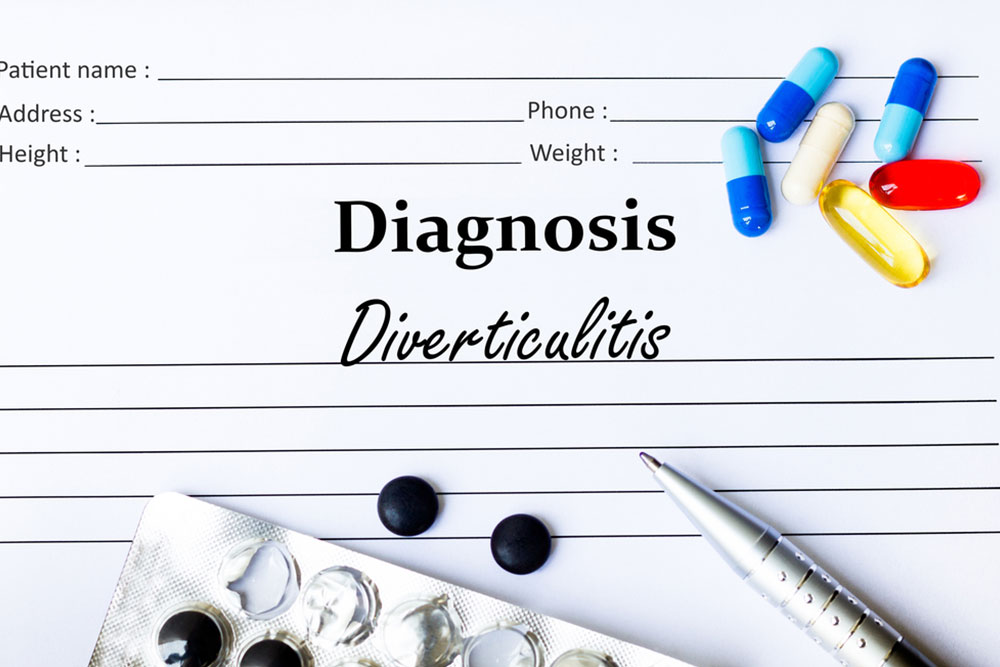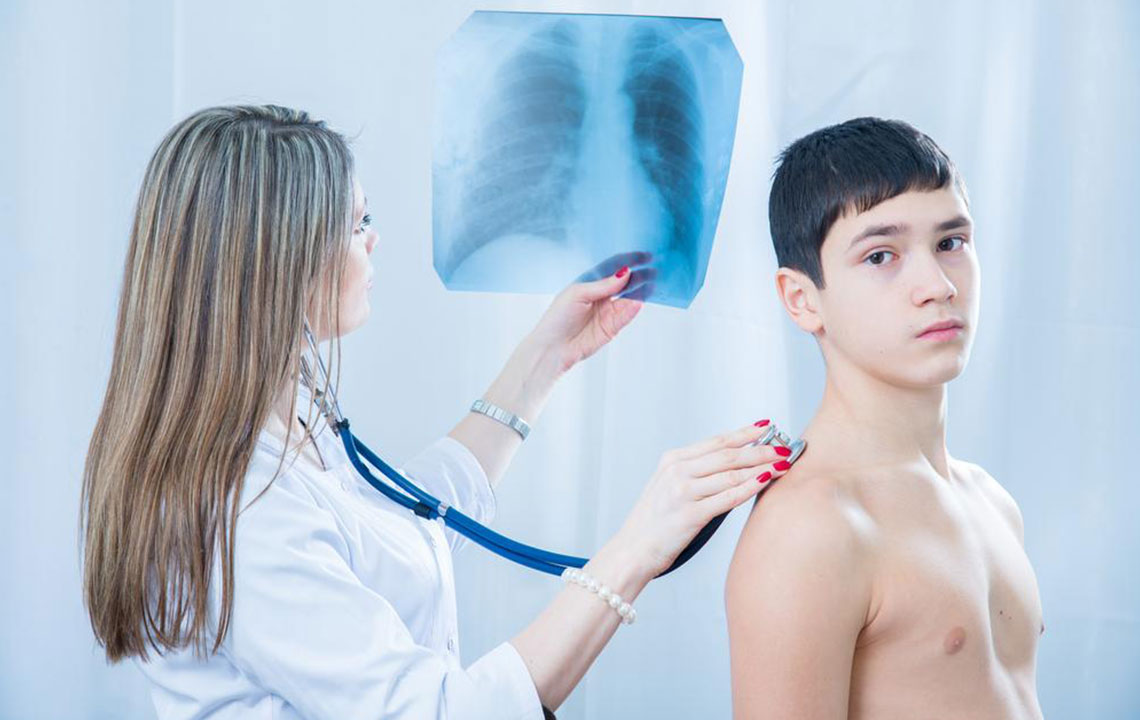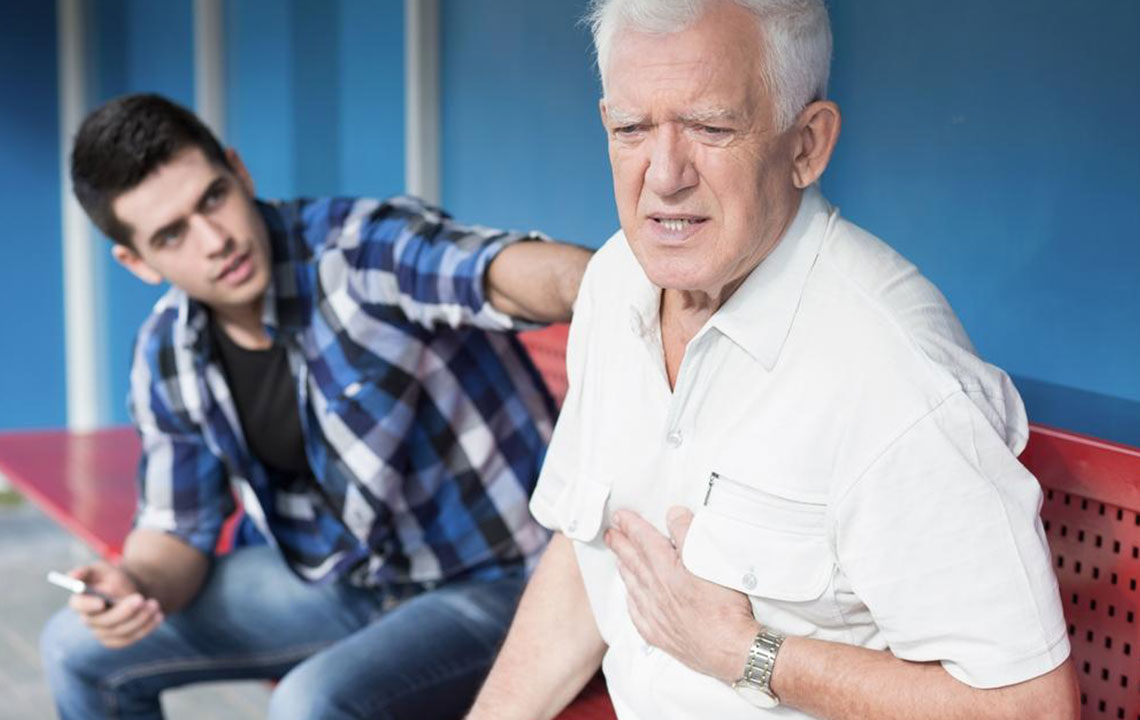A Comprehensive Guide to Diverticulitis: Symptoms, Causes, and Effective Treatment Options
Discover the comprehensive insights into diverticulitis, including symptoms, causes, diagnosis, and treatment options. Learn effective prevention strategies and lifestyle tips to manage and reduce the risk of this common bowel condition. Early recognition and proper care are vital for a full recovery and avoiding complications.

The Complete Guide to Understanding Diverticulitis: Recognizing Symptoms, Identifying Causes, and Exploring Treatment Options
Diverticulitis is a significant health condition that has gained increasing attention in recent years due to its rising prevalence, particularly in Western countries. It is a complication arising from diverticular disease, which involves the formation of small pouches, known as diverticula, protruding from the lining of the digestive tract. When these diverticula become infected or inflamed, diverticulitis occurs, presenting a range of symptoms and potential health risks.
Understanding this condition is vital for early detection, effective treatment, and prevention. This comprehensive guide aims to clarify what diverticulitis entails, its underlying causes, typical symptoms, diagnostic procedures, and the most effective treatment strategies. By grasping these core aspects, individuals can better manage their health and reduce the risk of severe complications.
What is Diverticulitis?
Diverticulitis is an inflammation or infection of the diverticula—small, bulging pouches that develop along the lining of the large intestine, especially in the colon. These pouches originate from weaknesses in the bowel wall, typically caused by increased pressure inside the colon. When diverticula become inflamed or infected, they can cause localized pain, fever, and digestive disturbances.
While diverticulosis, the presence of these pouches without symptoms, is common in older adults, diverticulitis signifies a more severe, symptomatic stage that demands medical attention. The progression from asymptomatic diverticulosis to diverticulitis highlights the importance of early recognition and management.
Causes and Risk Factors of Diverticulitis
The exact cause of diverticulitis remains somewhat unclear, but several factors contribute to its development:
Low-Fiber Diet: Diets lacking in dietary fiber lead to constipation and increased pressure in the colon, promoting diverticula formation.
Genetics: Family history plays a significant role, indicating a genetic predisposition in some individuals.
Age: The risk increases with age, particularly after age 40, due to weakening of the intestinal walls.
Sedentary Lifestyle: Lack of physical activity can contribute to constipation and increased colon pressure.
Obesity: Excess weight is linked to higher intra-abdominal pressure, facilitating diverticula development.
Certain Medications: Use of NSAIDs, corticosteroids, and other drugs can compromise the integrity of the intestinal wall.
Vitamin D Deficiency: Emerging research suggests vitamin D deficiency may be associated with increased susceptibility.
Understanding these contributing factors enables better preventive strategies and lifestyle modifications.
Symptoms of Diverticulitis
Recognizing the symptoms of diverticulitis is crucial for early diagnosis and treatment. Common signs include:
Lower Left Abdominal Pain: Often persistent and severe, typically localized in the lower left quadrant of the abdomen.
Fever and Chills: Indicating infection and inflammation.
Nausea and Vomiting: Often accompanying abdominal pain.
Changes in Bowel Habits: Such as constipation or diarrhea.
Bloody Stools: In some cases, bleeding from inflamed diverticula may occur.
If these symptoms present themselves, seeking medical evaluation promptly can prevent complications.
Diagnosis of Diverticulitis
Diagnosis usually involves a combination of medical history assessment, physical examination, and imaging tests. Common diagnostic methods include:
CT Scan: The most reliable imaging tool, capable of identifying inflamed diverticula, abscesses, perforations, and other complications.
Blood Tests: To detect signs of infection, such as elevated white blood cell count.
Stool Tests: To identify infections or bleeding sources.
In certain cases, colonoscopy or ultrasound may be used, but these are generally performed after the acute phase to prevent further irritation.
Treatment Strategies for Diverticulitis
Effective treatment depends on the severity of the condition. Mild cases often respond well to outpatient management, while more severe cases may require hospitalization and surgical intervention. Treatment options include:
Medical Management: Antibiotics to combat infection, pain relievers, and dietary modifications.
Dietary Changes: During recovery, a clear liquid diet initially, gradually transitioning to high-fiber foods to promote bowel health.
Rest and Hydration: Resting and adequate fluid intake facilitate healing.
Surgical Intervention: Performed when complications such as perforation, abscesses, fistulas, or bowel obstruction occur. Procedures may involve removal of the affected colon segment or abscess drainage.
Preventing recurrence and complications centers on lifestyle modifications and regular medical consultation.
Preventive Measures and Lifestyle Tips
Prevention of diverticulitis revolves around simple but effective lifestyle choices:
High-Fiber Diet: Consuming plenty of fruits, vegetables, whole grains, and legumes strengthens bowel movements and lowers colon pressure.
Regular Exercise: Engaging in physical activity helps maintain healthy bowel function and weight management.
Hydration: Drinking ample water ensures smooth digestion and stool passage.
Avoiding Smoking: Tobacco use can impair immune function and bowel health.
Monitoring Medications: Consulting healthcare providers about the risks associated with NSAIDs and corticosteroids.
Routine Medical Check-ups: Regular screenings and discussions with healthcare professionals can identify early signs of diverticulosis, allowing for proactive management.
In conclusion, understanding diverticulitis, recognizing its symptoms early, and adopting healthy lifestyle habits are essential steps toward prevention and effective treatment. If diagnosed early, most patients recover fully without severe complications. Prioritizing a high-fiber diet, staying active, and working closely with healthcare providers can significantly reduce the risk of developing this condition and improve overall digestive health.





